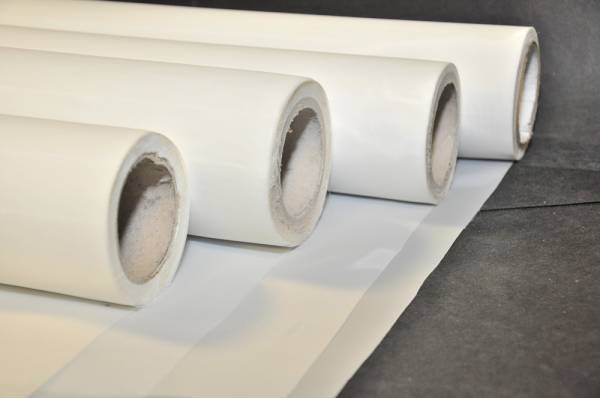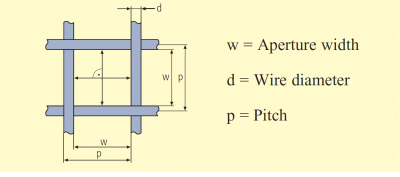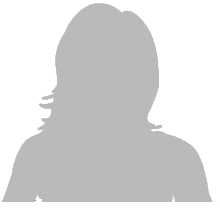Company Blog
Products for Filtration, Separation, Sifting and Printing
Precision Woven Filter Meshes
- Font size: Larger Smaller
- Hits: 6581
- Subscribe to this entry
- Bookmark

Precision Woven Synthetic Filter Mesh
What is Precision Woven Filter Mesh
It is a synthetic woven filter mesh made of monofilament yarn, specialized in defined and controlled, consistent and repeatable material properties such as mesh opening (pore size), fabric/mesh thickness, tensile strength, dimensional stability, cleanliness and so on.
Advantages of Precision Woven Filter Mesh
- Yarn Diameter and evenness are carefully controlled to ensure high level from lot-to-lot
- Openings are controlled to tight tolerance and aperture control is inherent to manufacturing process
- Mesh Surface properties are even and consistent
- Thickness tolerance is within microns through entire rolls and lots
- Cleanliness meets rigid and strict standards
- Consistence is well-governed for each lot
Open Mesh Terminology
Aperture width w is the distance between two adjacent
warp or weft wires.
Wire diameter d is the diameter of the wire in the woven
mesh.

Pitch p is the distance between the middle point of two
adjacent wires or the sum of the aperture width w and the
wire diameter d.
Warp: All wires running lengthwise of the cloth as woven.
Weft: All wires running across the cloth as woven.
Open Area, Ao: The percentage of the area of
all the apertures in the total screening surface
Ao = 100 . (w : p)2
Type of weave is the way in which the warp and weft
wires cross each other.
The number of apertures per unit length n is the number
of apertures which are counted in a row one behind the
other for a given unit length. The unit length may be 1 cm,
1 inch or any other unit of length. (The number of
apertures with a length of 24.5 mm is designated as
“Mesh”.)
Mesh = number of apertures per English inch = 25.4 : p
n/cm = number of apertures per cm = 10 : p
n/cm2 = number of apertures per cm2 = (10 : p)2
Last modified on




